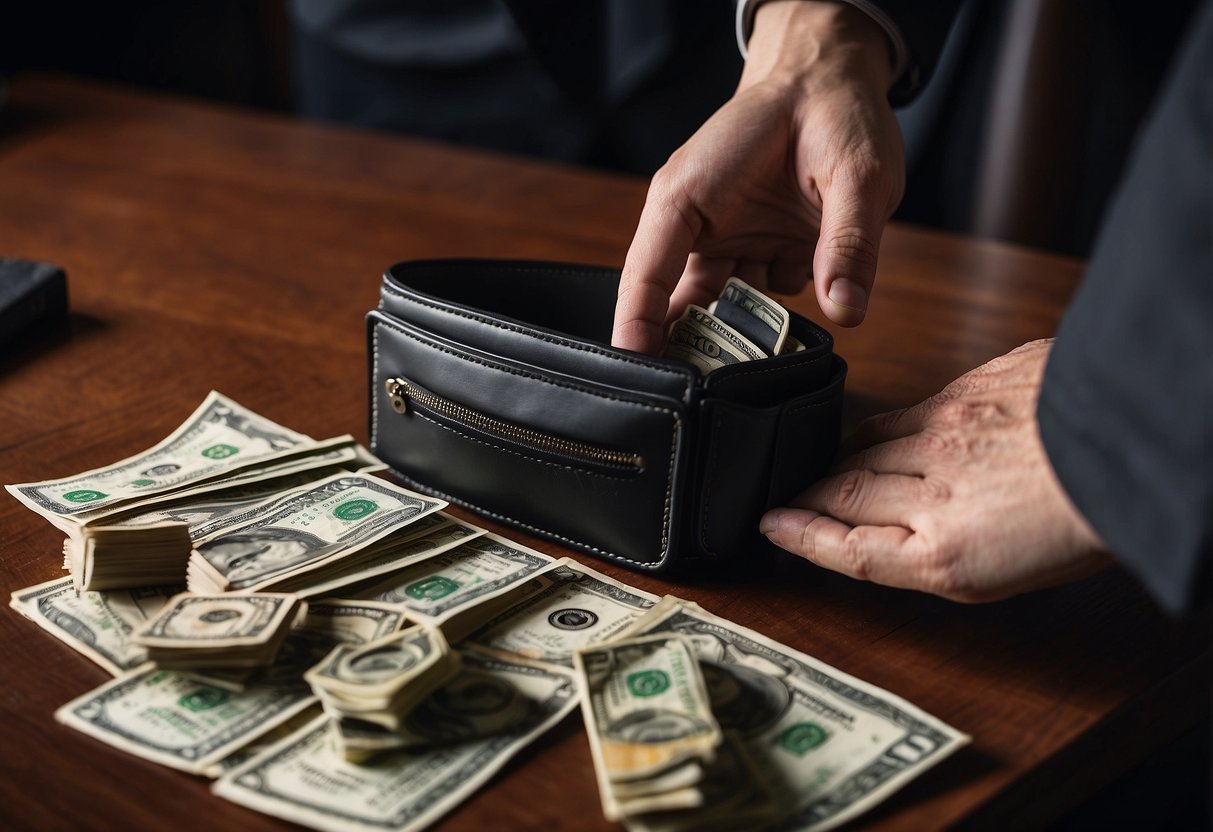DIY Travel Safety Tips: Essential Guide for Solo Adventurers
Transportation Know-How
Effective transportation planning can make a significant difference in ensuring safe and smooth solo travel. From navigating public transit systems to utilizing ride-hailing apps safely, it’s crucial to be well-informed and prepared.
Navigating Public Transportation
When using public transportation, familiarize yourself with local transit options such as buses, subways, and trams. Downloading a transit app can provide real-time updates on schedules and routes. Always plan your journey in advance, noting the nearest stops to your accommodation and desired destinations.
Avoid traveling during late hours or isolated routes, particularly in unfamiliar locations. It’s wise to carry a map or have offline navigation options in case of connectivity issues. Take note of emergency contacts and trusted sources of information to troubleshoot any transport issues effectively.
Benefits of Reliable Transportation
Reliable transportation options can significantly enhance the safety and convenience of your solo adventures. Well-maintained and dependable services reduce the risk of delays and unexpected changes in schedules. Look for reputable transportation companies known for their punctual services and secure environments.
Establish trusted contacts or use community-based reviews to verify the reputation and reliability of transport services. Choose options that offer customer support and clear communication in case of any mishaps. Reliable transport systems also often have better safety records, contributing to overall peace of mind during your travels.
Ride-Hailing Safety Tips
For those using ride-hailing apps like Uber or Lyft, ensure you share your ride details with trusted contacts. Verify the driver’s information and vehicle details before entering the car. Utilize the app’s safety features, such as GPS tracking and emergency contacts.
Sit in the back seat to maintain a safe distance and allow a clear view of your surroundings. Avoid disclosing personal information and always follow the route via your own navigation system. Rate your ride and provide feedback to improve the safety standards of these services.
Implementing these transportation know-how tips will equip any solo traveler with the knowledge and confidence needed to navigate safely and efficiently.
Managing Money and Valuables

Effective management of money and valuables is crucial for a solo traveler. Understanding how to protect your currency and utilize safety tools like money belts can make your journey smoother and safer.
Avoiding Pickpockets and Theft
Pickpockets often target tourists, making it essential to stay vigilant. Be cautious in crowded areas, as these are hot spots for theft.
Carry only the necessary amount of cash and keep it in a hidden, secure place. Avoid displaying large sums of money or expensive items. Use bags with zippers and keep them close to your body. When in restaurants or cafes, place your bag where you can see it.
Using Money Belts and Wallet Safety
Money belts offer an additional layer of safety for your valuables. These can be worn under clothing to discreetly carry money, passports, and other important documents. Ensure the belt is comfortable and fits securely.
Avoid using traditional wallets in your back pocket. Opt for a front pocket or an RFID-blocking wallet to prevent electronic pickpocketing. Regularly check your belongings to ensure nothing has been slipped out.
Carrying Multiple Payment Methods
Diversifying your payment methods increases security. Carry a mix of cash, credit cards, and traveler’s checks. Spread these across different spots, such as your money belt, wallet, and hidden compartments in your luggage.
Notify your bank of travel plans to prevent account freezes. For safety concerns, avoid using ATMs in isolated areas. Opt for machines inside banks or busy places. Keep emergency contact numbers for your bank handy in case of card issues or loss.



